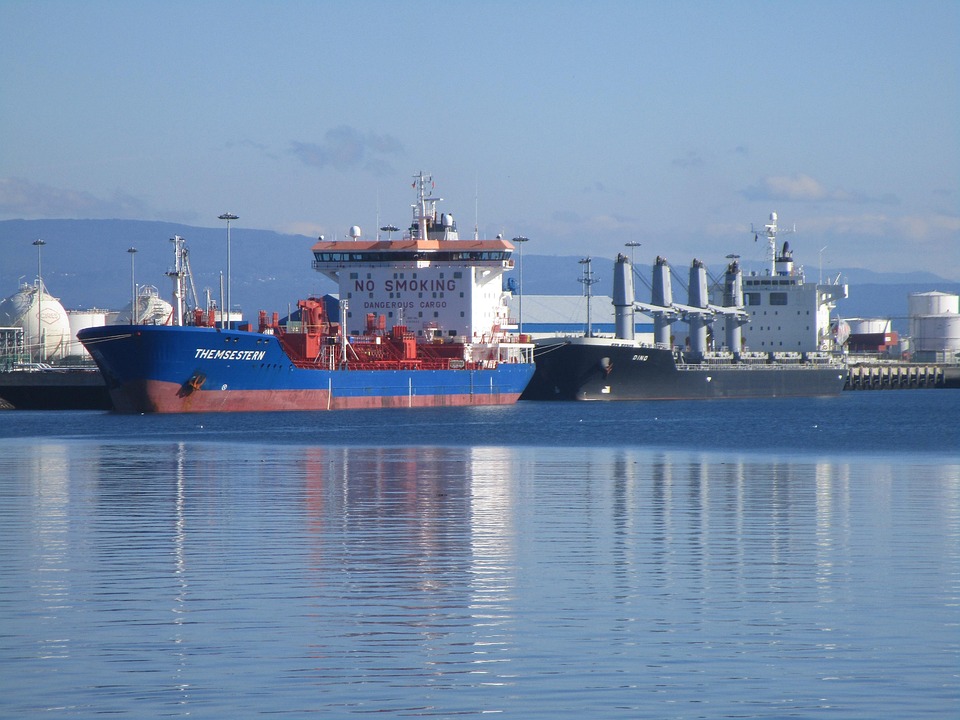
1. What basic qualifications are required for garlic powder exports?
According to the latest 2025 "Enter食品を輸出するMeasures for the Administration of Safety》, garlic powder export enterprises must possess:
- Customs record-filing registration: Complete the registration as an importer/exporter of record
- Production License Certificate: SC Food Production License and GMP Certification
- Test Report: Microorganisms, heavy metals, and other indicators meet the standards of the importing country
- Certificate of Origin: Applicable to countries that enjoy tariff preferences
II. How to Choose a Reliable輸出代理店Company?
代理サービスプロバイダーの選定には「三査三看」を通じて行うことを推奨します:
- Check qualifications: Confirm possession of international freight forwarding qualifications (NVOCC)
- Case check: Provide at least three export cases of similar products.
- Check Quotes: Compare the detailed breakdowns under FOB and CIF terms
- Pay special attention to whether the destination port surcharges are transparent.
- Check response: Test the timeliness of handling sudden issues (e.g., schedule changes)
- Check the network: Is there a destination country?通関Partner
- Check for coverage: whether a cargo transportation insurance plan is provided
3. What are the special requirements of the European Union and the United States for garlic powder?
Latest Regulations for Key Export Markets in 2025:
- European Union: BRCGS certification is mandatory, with sulfur dioxide residue ≤30 mg/kg
- アメリカ: FDA Registration + FSVP Supplier Verification Program
- Japan: JAS Organic Certification (required if declaring the product as organic)
- Middle Eastern countries: HALAL certification required
4. Which is more cost-effective: ocean freight or air freight?
It is recommended to choose based on the cargo volume:
- 配送(Suitable for over 10 tons):
- Full-container freight is approximately $2,800 per 40HQ (China to Rotterdam)
- Transit time: 35–45 days
- 空輸(Urgent Order):
- Unit price approx. $4.5/kg (Shanghai to Chicago)
- Note that temperature-controlled packaging increases shipping costs by 20%.
五、輸出通関What documents need to be prepared?
8 Essential Core Documents:
- Commercial Invoice (indicating HS Code 0904200000)
- Packing list (down to the smallest sales unit)
- Certificate of Origin (Form E applicable to ASEAN countries)
- Phytosanitary Certificate (issued by CIQ)
- Fumigation Certificate (wooden packaging must bear the IPPC mark)
- Quality Certificate (ISO 22000/HACCP)
- Transportation Contract (specifying Incoterms? 2025 terms)
- Insurance Policy (10% markup recommended for coverage)
VI. How to Mitigate Anti-Dumping Risks in the Destination Country?
For sensitive markets such as India and Brazil, special attention is required:
- Check the WTO tariff database in advance
- Adopting a third-country transshipment trade model
- Retain complete cost accounting documentation (for anti-dumping investigations)
- Using RMB for cross-border settlement (CIPS system)
VII.輸出稅還付What percentage can be refunded?
2025 Garlic Powder Export Tax Rebate Policy:
- Tax Refund Rate: 13% (General VAT Invoice)
- Calculation example:
- Tax-inclusive acquisition price: 1 million RMB
- Refundable tax = 100 ÷ (1 + 9%) × 13% = 119,300 yuan
- Filing deadline: within 90 days after the goods have left the territory
8. What should I do if a customer delays payment?
It is recommended to establish a three-tier risk prevention and control system:
- Pre-trade: Verify the buyer's creditworthiness through Sinosure
- In transaction:
- The advance payment shall be no less than 30%.
- Request to provide a bank payment guarantee
- After the dispute: Apply for a maritime lien immediately (applicable to ocean freight)
The export of garlic powder involves professional oversight across 30+ stages; it is recommended to choose a supplier that simultaneously possessesFood Import and Export QualificationとInternational supply chain management capabilitiesan agency service provider. The latest industry data shows that professional agents can cut customs clearance time by 40% and reduce overall costs by 15–22%.


 カスタマーサービスWeChatをフォローしてください
カスタマーサービスWeChatをフォローしてください